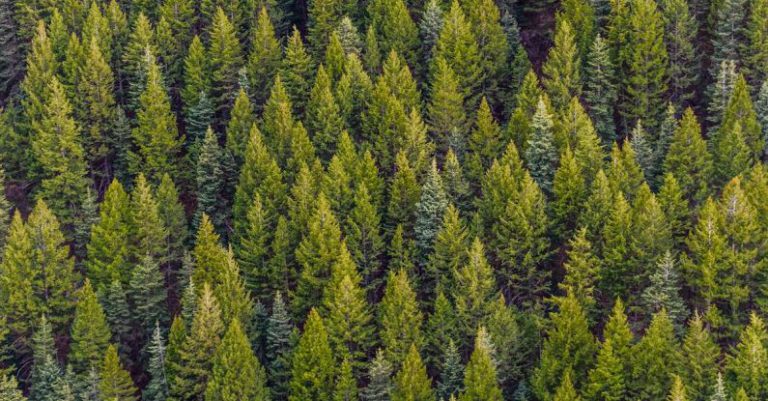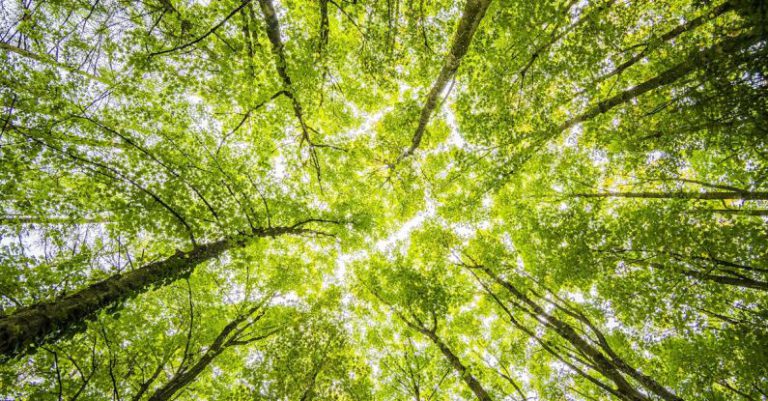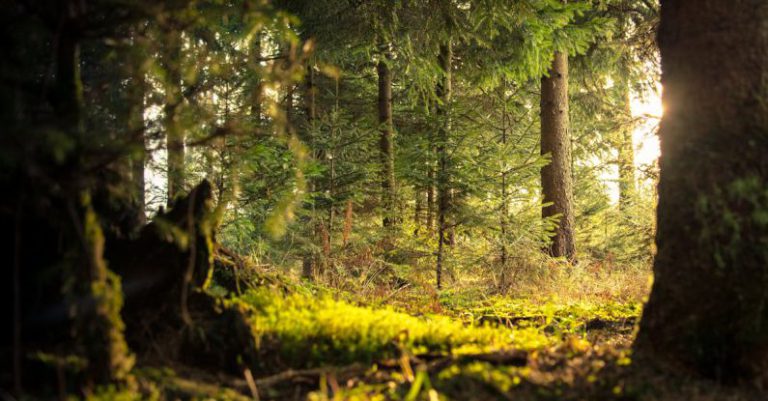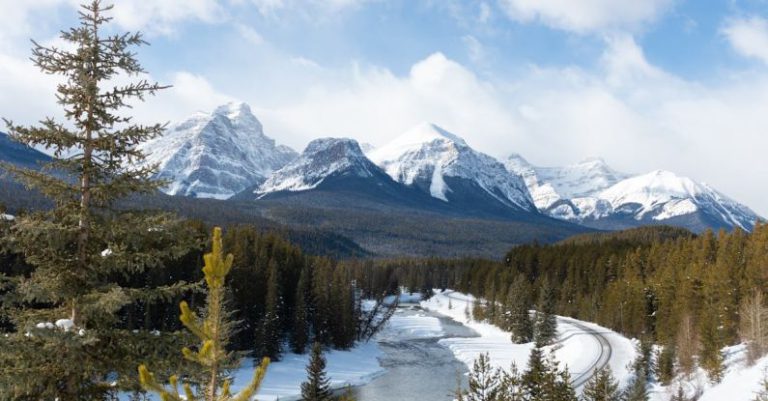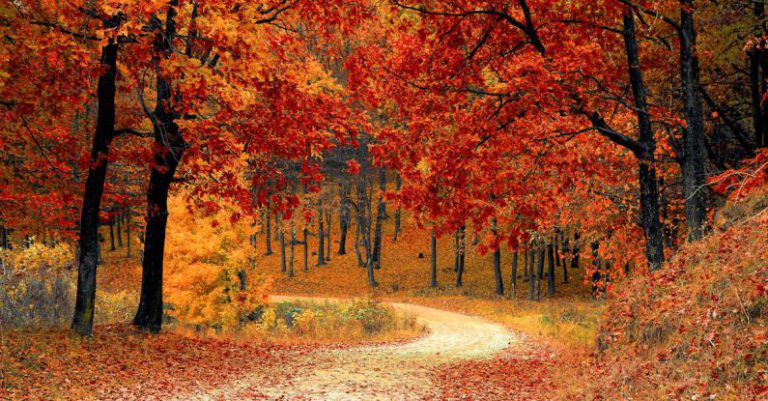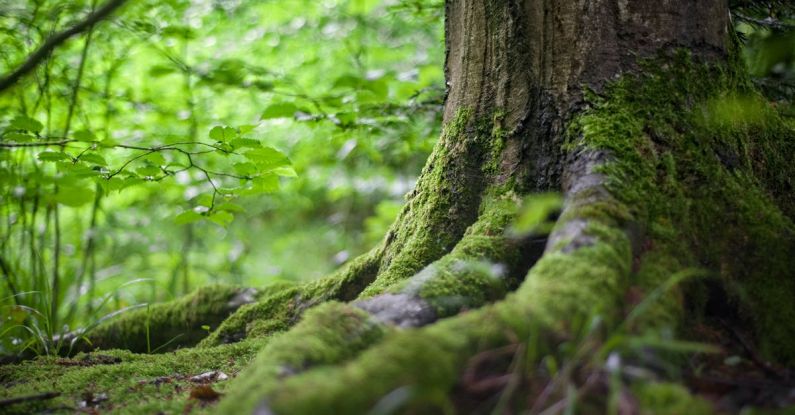
Embarking on a forest hike can be a rejuvenating experience, allowing you to connect with nature and reap the benefits of physical activity. But before you set foot on the trail, proper preparation is key to ensuring a safe and enjoyable journey. From packing the right gear to knowing the terrain, here are some essential tips on how to prepare for a forest hike.
Choosing the Right Trail
The first step in preparing for a forest hike is selecting the right trail that matches your fitness level and experience. Research the trail options in advance to determine the distance, elevation gain, and terrain difficulty. If you are a beginner, opt for well-marked and maintained trails with moderate difficulty levels. Experienced hikers may seek more challenging routes with rugged terrain and steep inclines. Consider factors such as weather conditions and seasonal variations when choosing a trail to ensure a pleasant hiking experience.
Packing the Essentials
Packing the right gear and essentials is crucial for a successful forest hike. Start by ensuring you have a comfortable backpack to carry all your supplies. Essentials include a map and compass or GPS device for navigation, plenty of water to stay hydrated, high-energy snacks, a first aid kit, a multi-tool or knife, a headlamp or flashlight, extra clothing layers, and a waterproof jacket. It is also advisable to carry a whistle for emergencies and a fully charged phone for communication.
Dressing Appropriately
Proper attire is essential for a comfortable and safe forest hike. Dress in moisture-wicking layers to regulate body temperature and prevent sweat buildup. Choose breathable and quick-drying fabrics to stay dry and comfortable throughout the hike. Wear sturdy hiking boots with good traction to navigate uneven terrain and protect your feet from rocks and debris. Don’t forget to wear a hat and sunglasses to shield yourself from the sun’s rays. Check the weather forecast before heading out and dress accordingly to be prepared for any changes in weather conditions.
Safety Precautions
Safety should always be a top priority when preparing for a forest hike. Inform someone about your hiking plans, including the trail you will be taking and your expected return time. Stay on marked trails and follow trail signs to avoid getting lost. Be mindful of wildlife and potential hazards such as slippery rocks, steep cliffs, and inclement weather. Keep a safe distance from wildlife and refrain from feeding or approaching them. In case of an emergency, stay calm, assess the situation, and use your emergency supplies as needed.
Mindful Environmental Practices
When preparing for a forest hike, it is essential to practice Leave No Trace principles to minimize your impact on the environment. Stay on designated trails to prevent soil erosion and protect fragile vegetation. Avoid picking plants or disturbing wildlife to preserve the natural ecosystem. Pack out all trash and litter, including food scraps and biodegradable items. Respect wildlife by observing from a distance and refraining from feeding or approaching them. By practicing mindful environmental habits, you can contribute to the conservation of natural habitats and ensure that future generations can enjoy the beauty of the forest.
Final Thoughts
Embarking on a forest hike can be a rewarding and invigorating experience, providing an opportunity to immerse yourself in nature and challenge yourself physically. By following these essential tips on how to prepare for a forest hike, you can ensure a safe and enjoyable adventure in the great outdoors. Remember to choose a suitable trail, pack the right gear, dress appropriately, prioritize safety, and practice mindful environmental habits. With proper preparation and a positive mindset, you can make the most of your forest hiking experience and create lasting memories amidst the beauty of the wilderness.
